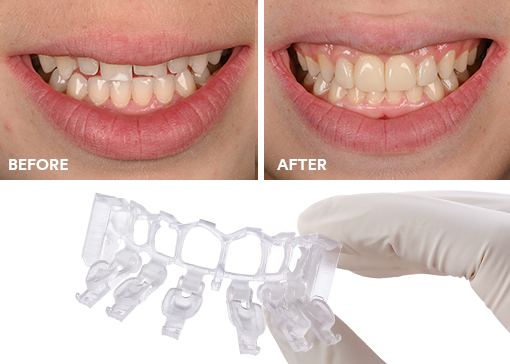Zirconia puzzle: what makes zirconia unique and how to choose the right zirconia
Zirconia may be part of your everyday vocabulary, but how much do you know about this ceramic material? Learn more…


Whether you’re replacing a few broken lights or bulk buying brand new curing lights for all your clinics, there are several things to consider when choosing from the hundreds of options that are available on the market today.
Since procedures requiring the use of a curing light account for over 50% of your revenue (even more for orthodontic practices), it’s definitely worth the due diligence to make sure you are making the right decision.
While there are many factors to consider when purchasing a curing light, here is the top three that we recommend:
The radius of the light’s tip is, by far, one of the most important factors to consider when purchasing a new curing light. As worldwide leaders in dental composite curing, we recommend a radius of no less than 10mm to ensure you get proper coverage for restorative work. Bigger is better in this case, so anything less than 10mm, and you run the risk of not curing the filling properly or wasting time curing by multiple spots to ensure the area is covered.

The angle of the light’s guide is another key consideration. One look at the various lights we have here in our lab, and it’s easy to see the range of available options. You can find everything from completely straight guides to ones with just an angled tip or those with a more gradual angle. Based on our research, the straighter the angle, the better. The mouth is a small enough space to work in, so having tools that at streamlined to allow you to access the tooth easier will always rank higher in our books. 
The dental products industry is highly competitive, with a broad range of options to choose from when purchasing tools like a curing light. It’s important to do your research and ensure you’re buying from a reputable brand, especially with so many discount versions available that likely won’t stand the test of time.
Keeping these three factors in mind when shopping for new lights will help ensure your clinical staff is equipped with the best tool for the job. Just remember, always test your lights (new or old) regularly to make sure they are working properly, AND that your DA’s have up-to-date training on the proper light-curing techniques. Adding these elements into your practice will lead to restorative excellence and #NoFailedFillings.
If the idea of light testing and training is brand new to you, we can help! Send Bluelight Analiytics an email now for more details on how we can help your DSO deliver the best patient outcomes.
For more light-curing insights be sure to check out lots of their other blog posts here.
This article was first published on the Bluelights blog.

Zirconia may be part of your everyday vocabulary, but how much do you know about this ceramic material? Learn more…

Achieving the correct shape is vital to a natural-looking anterior composite restoration. Learn how the 3M™ Filtek™ Matrix, paired with…

Direct composite restorative procedures can be challenging, particularly when it comes to esthetic cases. Discover how new techniques and tools…